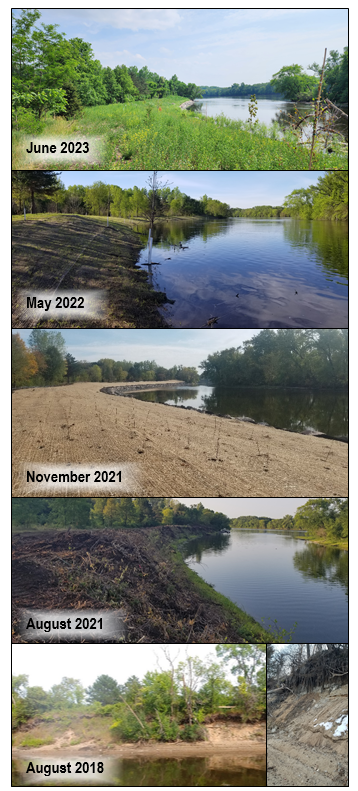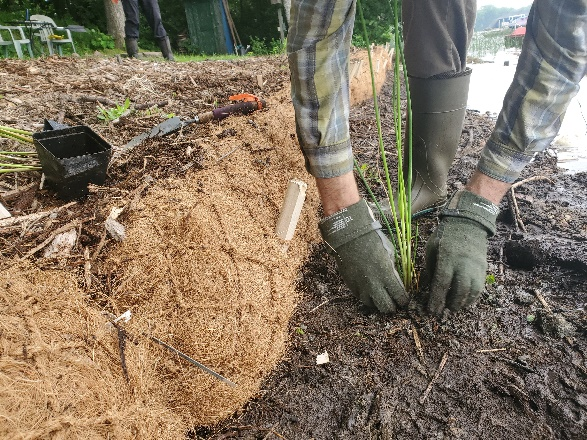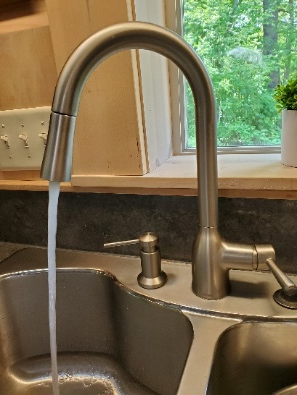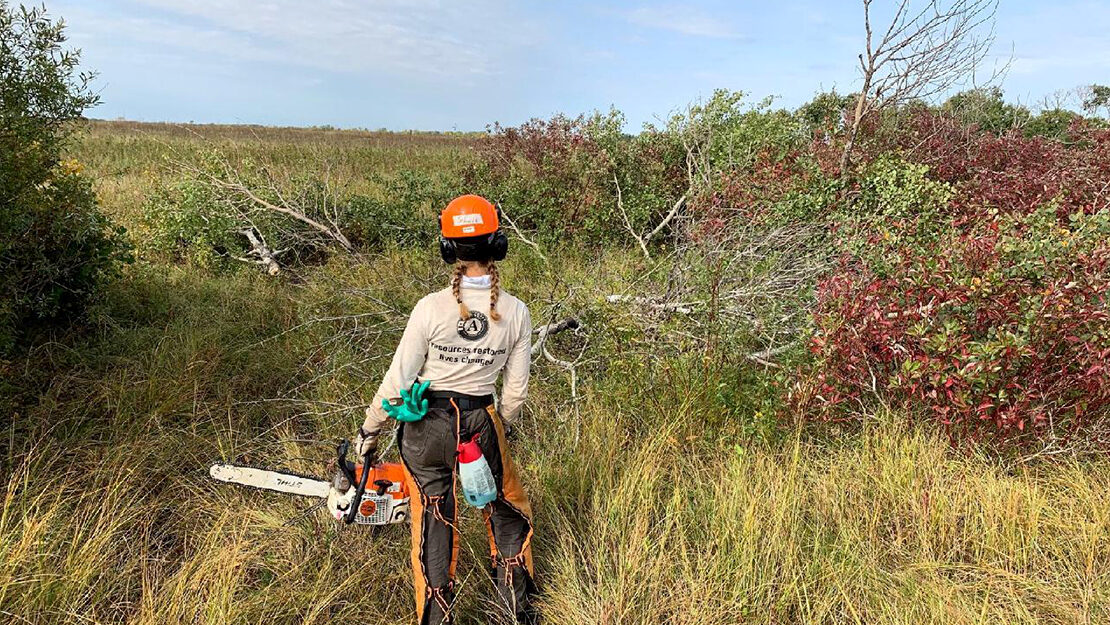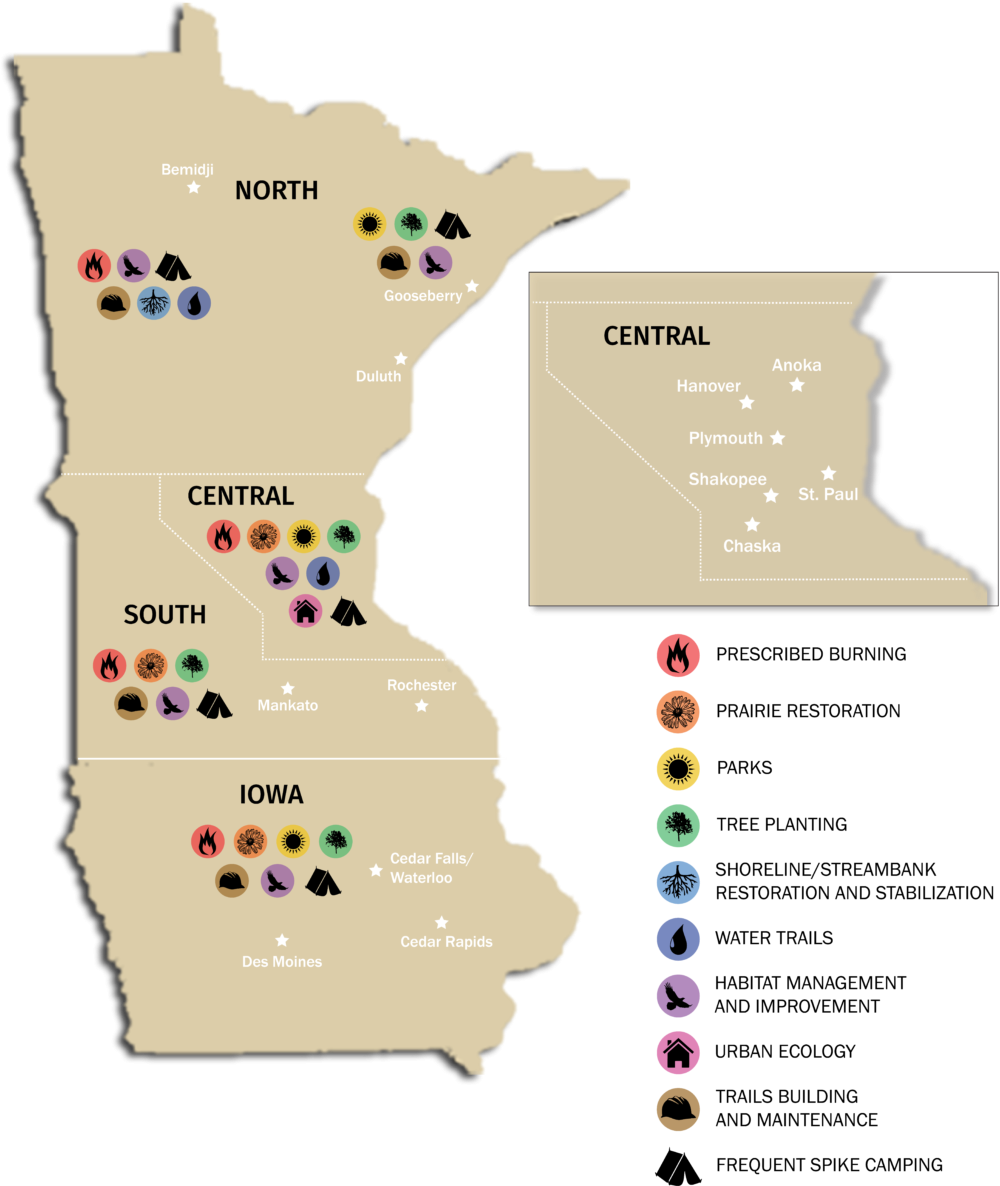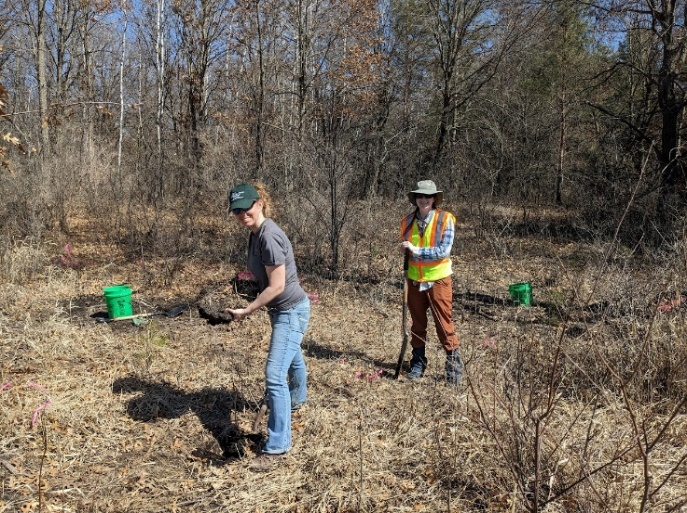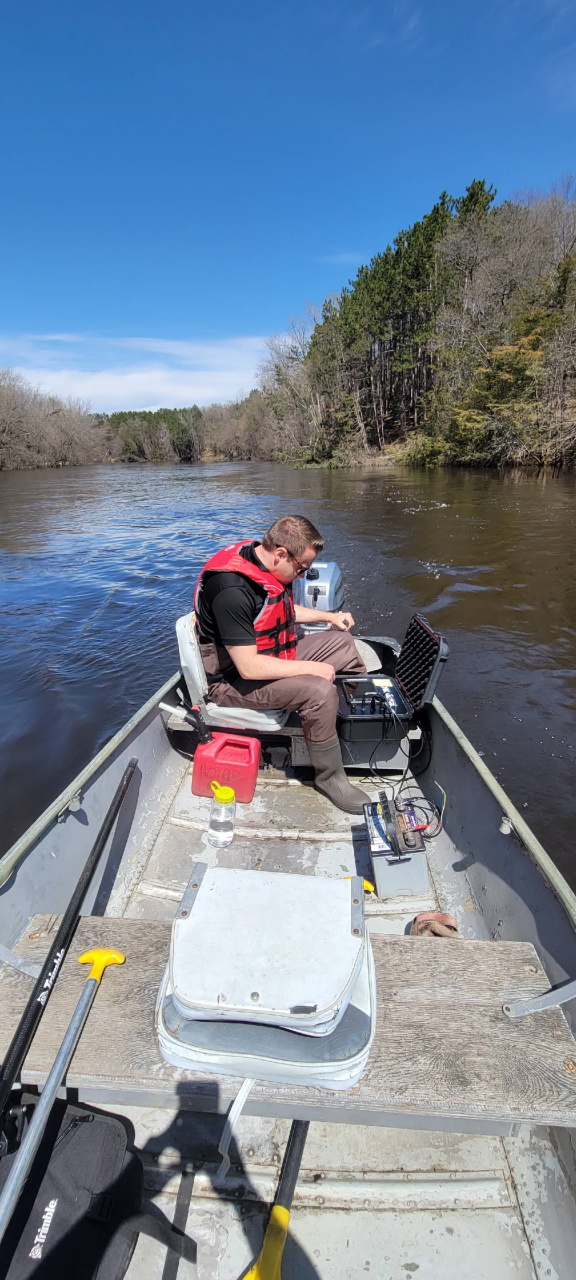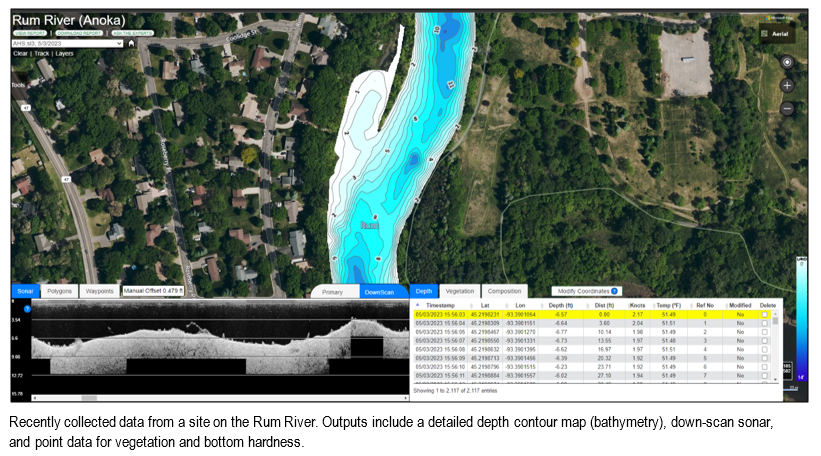It can sometimes feel that the individual actions you make in your daily life cannot combat the massive environmental crisis facing our planet. The scale of action that needs to occur to curb climate change can feel overwhelming and give the impression that individual choices don't make a difference, so what's the point. This type of thinking is incorrect and unproductive. Although decisions we make as individuals may seem like a slow route to a more sustainable planet, these actions are what allow for larger scale social progress.
The MPCA developed an exceptional report: The Psychology of Sustainable Behavior, tips for empowering people to take environmentally positive action. This report focuses on the ideas behind why it is difficult for us as humans to change our behavior even when we know the negative environmental impacts. The MPCA provides insight into how to motivate and empower sustainable actions with the goal of creating social conditions where sustainable choices are the more appealing and natural choice. There are a few arguments to why individual sustainability matters and why it is a crucial component to overall social change.
- "Small changes do add up." - When small changes are made by many individuals, or when one individual makes many small changes, it begins to add up to make a significant difference.
- "Personal changes are the gateways to public change." - All the work put towards influencing individual change helps pave the way and provides the building blocks for future policy changes.
- "Understanding individual motivations help create a new frame." - Gaining insight into how individuals think about environmental problems and sustainability provides the framework to develop new effective ways to talk about environmental issues and can engage a broader segment of the population.
- "Individual change makes sustainable behavior normal." - The more that people see other people living a certain way and talking about things a certain way, the more they come to accept it as a normal way to be and live.
Check out the full MPCA report on influencing sustainable behavior below.







